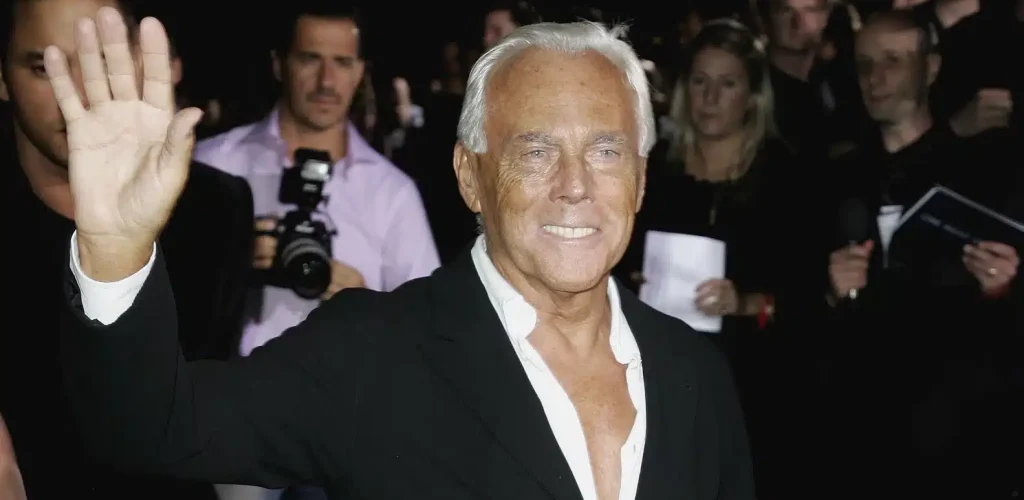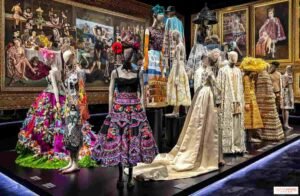The end of an era
The disappearance of Giorgio Armani marks not only the farewell to a man but also to a certain way of conceiving fashion. Armani was the last of a generation of designers who quite literally put their hands on fabrics, draped garments, and refined silhouettes without delegating ideas to creative directors or trend offices. His was a vision built on discipline, rigor, and a refusal to compromise.
With his departure, the industry loses its most steadfast interpreter of elegance rooted in simplicity. Armani was not just a designer: he was a cultural institution, shaping how the world dressed from Hollywood red carpets to the daily uniforms of executives and ordinary people alike.
The weight of the archive
The Armani/Archive project, already underway before his passing, becomes the cornerstone of his legacy. It is not simply a historical archive but a curated project meant to preserve and elevate iconic pieces, transforming them into living witnesses of his design philosophy.
The archive will include a selection of garments and collections that embody Armani’s minimalism and timeless aesthetic. It is conceived not just for fashion insiders but as a heritage space, accessible to new generations, scholars, and the general public.
By institutionalizing his work into a tangible, permanent memory, Armani ensures that his creative discipline will continue to inspire even when trends move in different directions.
Between Milan and the world
Armani’s identity is deeply tied to Milan. His empire, stretching from fashion to interior design, hotels, and even food, has always radiated from the city that became synonymous with his style. Yet, his influence reached far beyond. Hollywood embraced Armani in the 1980s, when Richard Gere wore his tailored suits in American Gigolo, cementing the brand’s global aura.
From that moment on, Armani’s clothes became not just garments but cinematic symbols of seduction, power, and sophistication. His legacy is inseparable from this imagery: understated tailoring with dramatic cultural resonance.
A delicate succession
The question now is not whether Armani’s empire will continue—its structure is solid, and its turnover substantial—but how it will evolve without its founding figure. Unlike other houses that long ago surrendered control to external creative directors, Armani never relinquished his hand. He remained the sole arbiter of style, avoiding the dilution of vision that so often accompanies succession.
This creates both strength and fragility. Strength, because the house retains an intact DNA. Fragility, because without its founder, the translation of that DNA into new collections will be a delicate operation, one that risks reducing the brand to a museum rather than a living organism.
The eternal Giorgio
In a fashion system that devours itself every season, Giorgio Armani managed to build something enduring. His codes—neutral palettes, fluid tailoring, a refusal of excess—have become so ingrained that they can outlast their creator.
The challenge for the future will be balancing reverence with renewal: keeping Armani’s rigor alive while allowing new energy to prevent his vision from fossilizing.
The real question remains: can Armani exist after Armani, or will it forever be Giorgio’s world, frozen in time?






